1931 Aston Martin 1½-Litre Le Mans / International 'Team Car' 2/4 Seater Sports Tourer Coachwork by Bertelli Registration no. JO 3999 Chassis no. J1/111• One of only four Le Mans 'Team Car' replicas • Unique coachwork • In-period Brooklands race history • First purchased by the vendor's father in 1955 • Mechanically maintained but cosmetically un-restoredFootnotesPlease note the chassis no is I1/111 and not J1/111. Manufactured by Robert Bamford and Lionel Martin, the first Aston-Martins (the hyphen is correct for the period) rapidly established a reputation for high performance and sporting prowess in the immediate post-WWI years. Unfortunately, the management's concentration on motor sport, while accruing invaluable publicity, distracted it from the business of manufacturing cars for sale, the result being just 50-or-so sold by 1925 when the company underwent the first of what would be many changes of ownership. The foundations were laid for the commencement of proper series production with the formation of Aston Martin Motors Ltd in 1926 under the stewardship of Augustus 'Bert' Bertelli and William Renwick. Built at the firm's new Feltham works, the first 'new generation' Aston Martins were displayed at the 1927 London Motor Show at Olympia. Like his predecessors, 'Bert' Bertelli understood the effect of competition success on Aston Martin sales and sanctioned the construction of two works racers for the 1928 season. Based on the 1.5-litre, overhead-camshaft road car, the duo featured dry-sump lubrication and this feature was carried over to the International sports model, newly introduced for 1929. Built in two wheelbase lengths (102" and 118"), the International was manufactured between 1929 and 1932, mostly with bodies by Augustus's brother Enrico 'Harry' Bertelli. Aston Martin built 136 cars between 1927 and 1932: 14 on the long chassis and 122 on the short International chassis. A contemporary road test of an International recorded a top speed of 81mph with up to 90mph attainable, depending on the back-axle ratio. The new Aston was soon making its mark on the racetrack, 'Bert' Bertelli and Pat Driscoll winning the Biennial Cup at Le Mans in 1932, one of many competition successes achieved before the International was superseded by the Le Mans and Ulster models. Private owners entered all kinds of competitions, while team drivers included Sammy Davis, Eddie Hall, Cyril Paul and George Eyston. The 'Le Mans' label was first applied to the competition version of the (1st Series) International following Aston's class win and 5th place overall in the 1931 Le Mans race. This conceit was fully justified when the model placed 5th and 7th in the 1932 race and collected the Rudge-Whitworth Biennial Cup. It may, in fact, be the first car named after the Le Mans Race, although many others have since followed Aston Martin's example. 'JO 3999' is one of four International-based Le Mans models built in 1931 as Team Car replicas (these should not be confused with the Le Mans model of 1932). Original owner George Hartwell first saw the new two-seater Le Mans on Aston's stand at the London Motor Show in October 1931. However, he wanted a 2/4 seater and asked the Bertellis to copy the slab-tank rear of the '100mph Invicta' to create the required accommodation. In Inman Hunter's book, Aston Martin 1913-1947, Hartwell is quoted as saying: "After the Show the Bertelli brothers drew out full size the side and rear elevations, which satisfied me and the car was produced." Clearly displaying its bespoke derrière, 'JO 3999' is pictured in Hunter's book (page 133) and Hartwell's unique Le Mans was also illustrated in The Autocar described as a 'Le Mans four-seater', priced at £675. The AMOC Register records 'JO 3999' as winning the Inter-Varsity Hill Climb in 1931 with George Hartwell, who followed that up by finishing 2nd in the JCC Members' Day handicap at Brooklands in 1932 (his fastest lap at Brooklands was 88.6mph). The Aston appears to have
1931 Aston Martin 1½-Litre Le Mans / International 'Team Car' 2/4 Seater Sports Tourer Coachwork by Bertelli Registration no. JO 3999 Chassis no. J1/111• One of only four Le Mans 'Team Car' replicas • Unique coachwork • In-period Brooklands race history • First purchased by the vendor's father in 1955 • Mechanically maintained but cosmetically un-restoredFootnotesPlease note the chassis no is I1/111 and not J1/111. Manufactured by Robert Bamford and Lionel Martin, the first Aston-Martins (the hyphen is correct for the period) rapidly established a reputation for high performance and sporting prowess in the immediate post-WWI years. Unfortunately, the management's concentration on motor sport, while accruing invaluable publicity, distracted it from the business of manufacturing cars for sale, the result being just 50-or-so sold by 1925 when the company underwent the first of what would be many changes of ownership. The foundations were laid for the commencement of proper series production with the formation of Aston Martin Motors Ltd in 1926 under the stewardship of Augustus 'Bert' Bertelli and William Renwick. Built at the firm's new Feltham works, the first 'new generation' Aston Martins were displayed at the 1927 London Motor Show at Olympia. Like his predecessors, 'Bert' Bertelli understood the effect of competition success on Aston Martin sales and sanctioned the construction of two works racers for the 1928 season. Based on the 1.5-litre, overhead-camshaft road car, the duo featured dry-sump lubrication and this feature was carried over to the International sports model, newly introduced for 1929. Built in two wheelbase lengths (102" and 118"), the International was manufactured between 1929 and 1932, mostly with bodies by Augustus's brother Enrico 'Harry' Bertelli. Aston Martin built 136 cars between 1927 and 1932: 14 on the long chassis and 122 on the short International chassis. A contemporary road test of an International recorded a top speed of 81mph with up to 90mph attainable, depending on the back-axle ratio. The new Aston was soon making its mark on the racetrack, 'Bert' Bertelli and Pat Driscoll winning the Biennial Cup at Le Mans in 1932, one of many competition successes achieved before the International was superseded by the Le Mans and Ulster models. Private owners entered all kinds of competitions, while team drivers included Sammy Davis, Eddie Hall, Cyril Paul and George Eyston. The 'Le Mans' label was first applied to the competition version of the (1st Series) International following Aston's class win and 5th place overall in the 1931 Le Mans race. This conceit was fully justified when the model placed 5th and 7th in the 1932 race and collected the Rudge-Whitworth Biennial Cup. It may, in fact, be the first car named after the Le Mans Race, although many others have since followed Aston Martin's example. 'JO 3999' is one of four International-based Le Mans models built in 1931 as Team Car replicas (these should not be confused with the Le Mans model of 1932). Original owner George Hartwell first saw the new two-seater Le Mans on Aston's stand at the London Motor Show in October 1931. However, he wanted a 2/4 seater and asked the Bertellis to copy the slab-tank rear of the '100mph Invicta' to create the required accommodation. In Inman Hunter's book, Aston Martin 1913-1947, Hartwell is quoted as saying: "After the Show the Bertelli brothers drew out full size the side and rear elevations, which satisfied me and the car was produced." Clearly displaying its bespoke derrière, 'JO 3999' is pictured in Hunter's book (page 133) and Hartwell's unique Le Mans was also illustrated in The Autocar described as a 'Le Mans four-seater', priced at £675. The AMOC Register records 'JO 3999' as winning the Inter-Varsity Hill Climb in 1931 with George Hartwell, who followed that up by finishing 2nd in the JCC Members' Day handicap at Brooklands in 1932 (his fastest lap at Brooklands was 88.6mph). The Aston appears to have

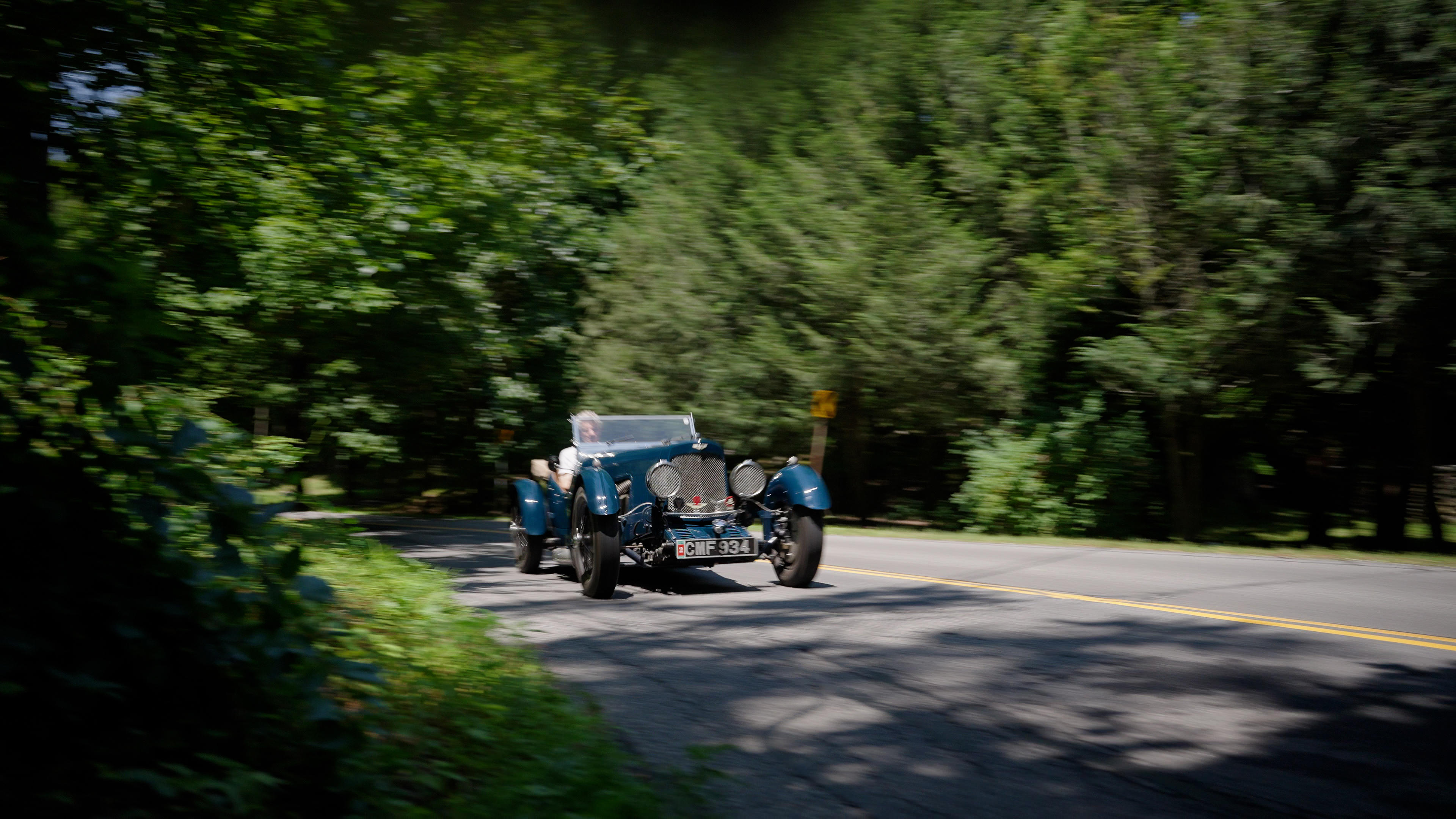

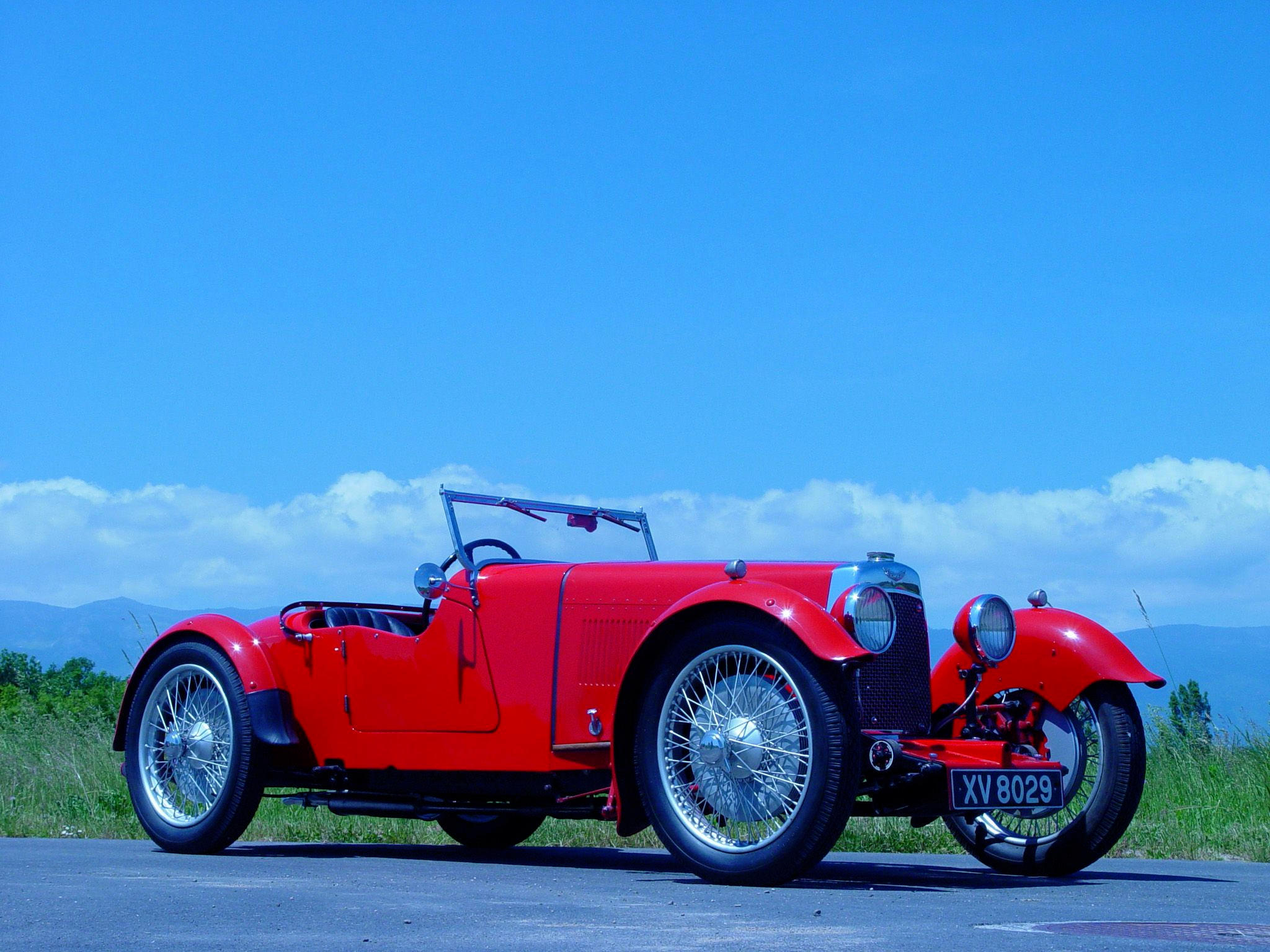


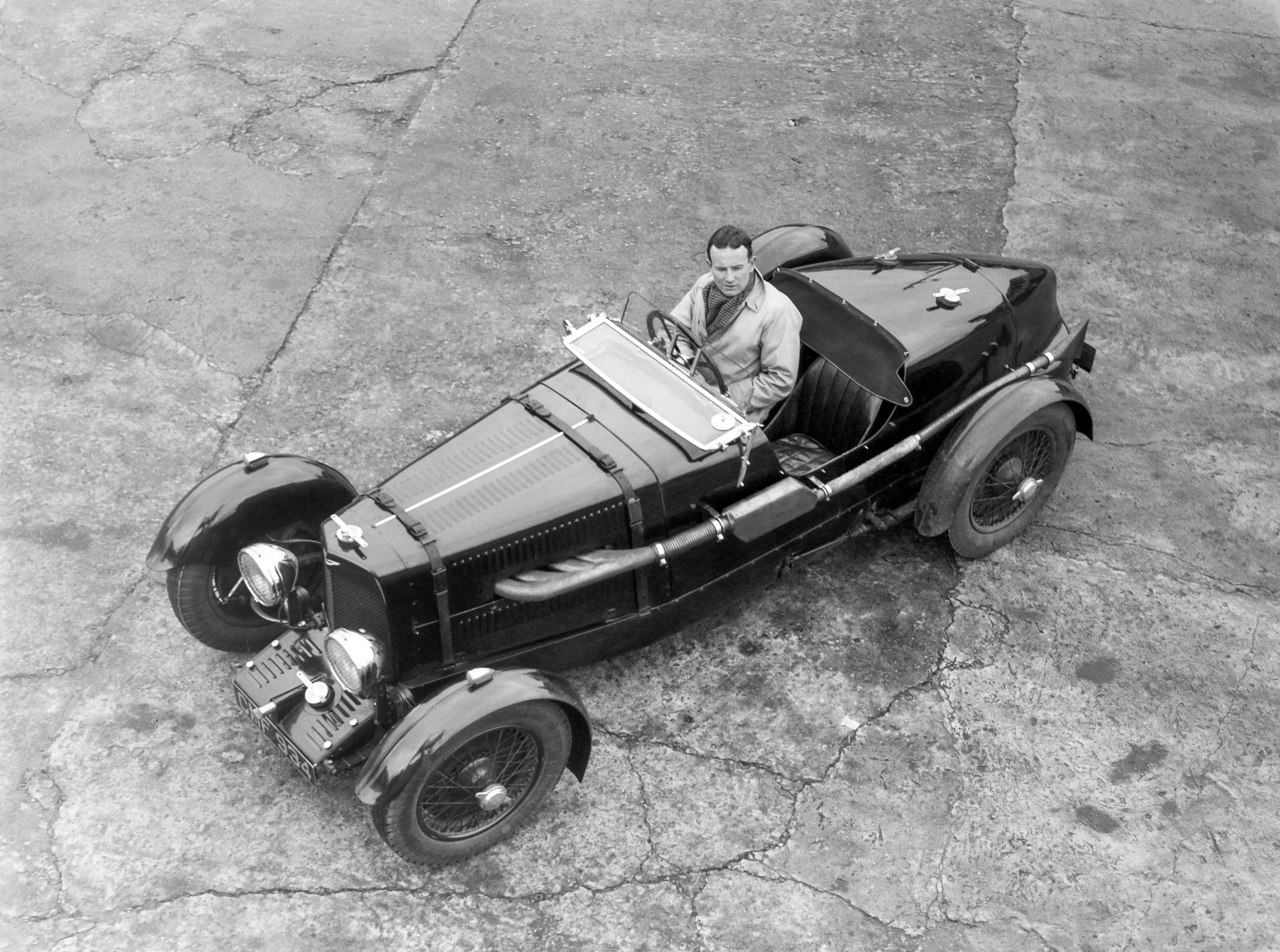
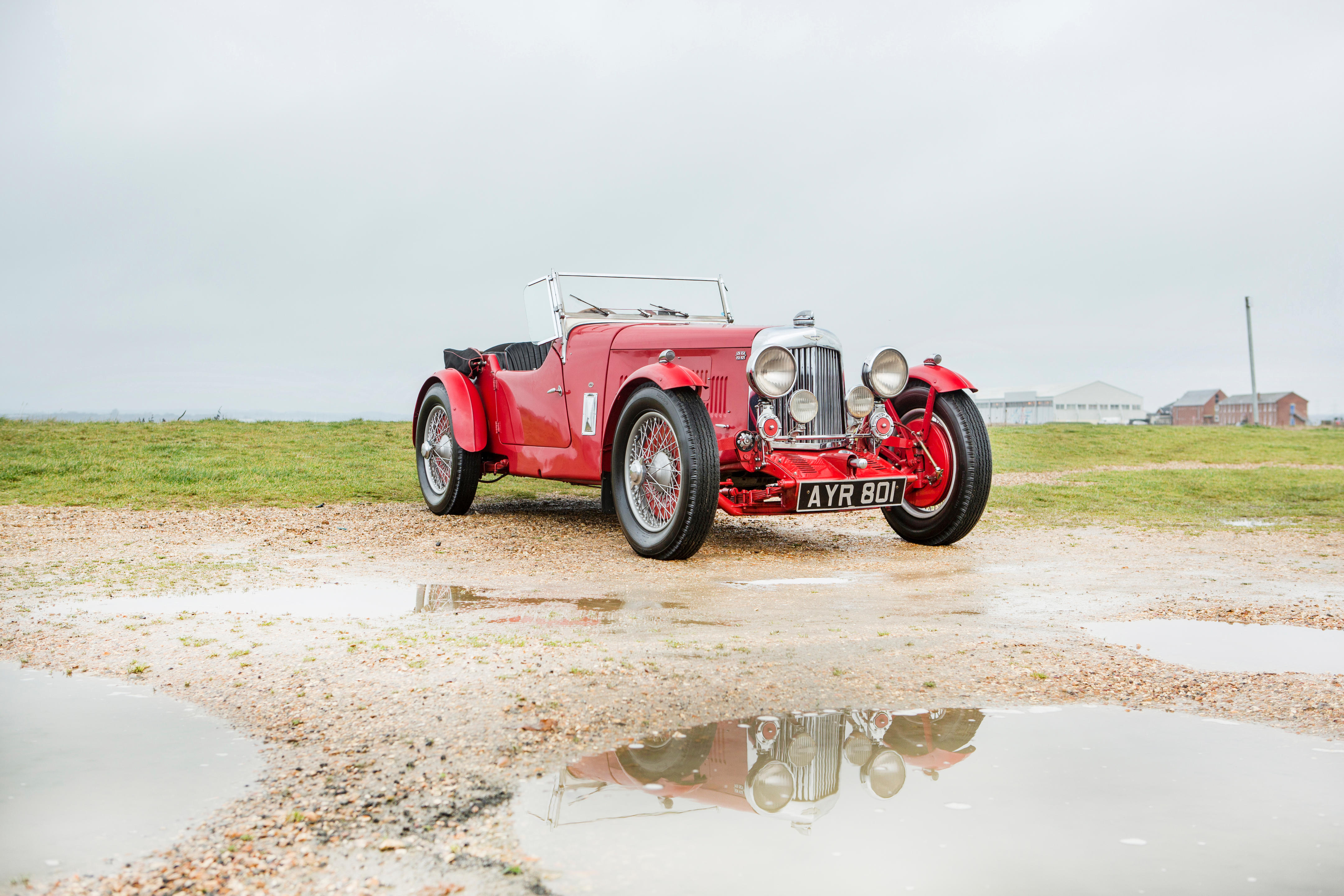
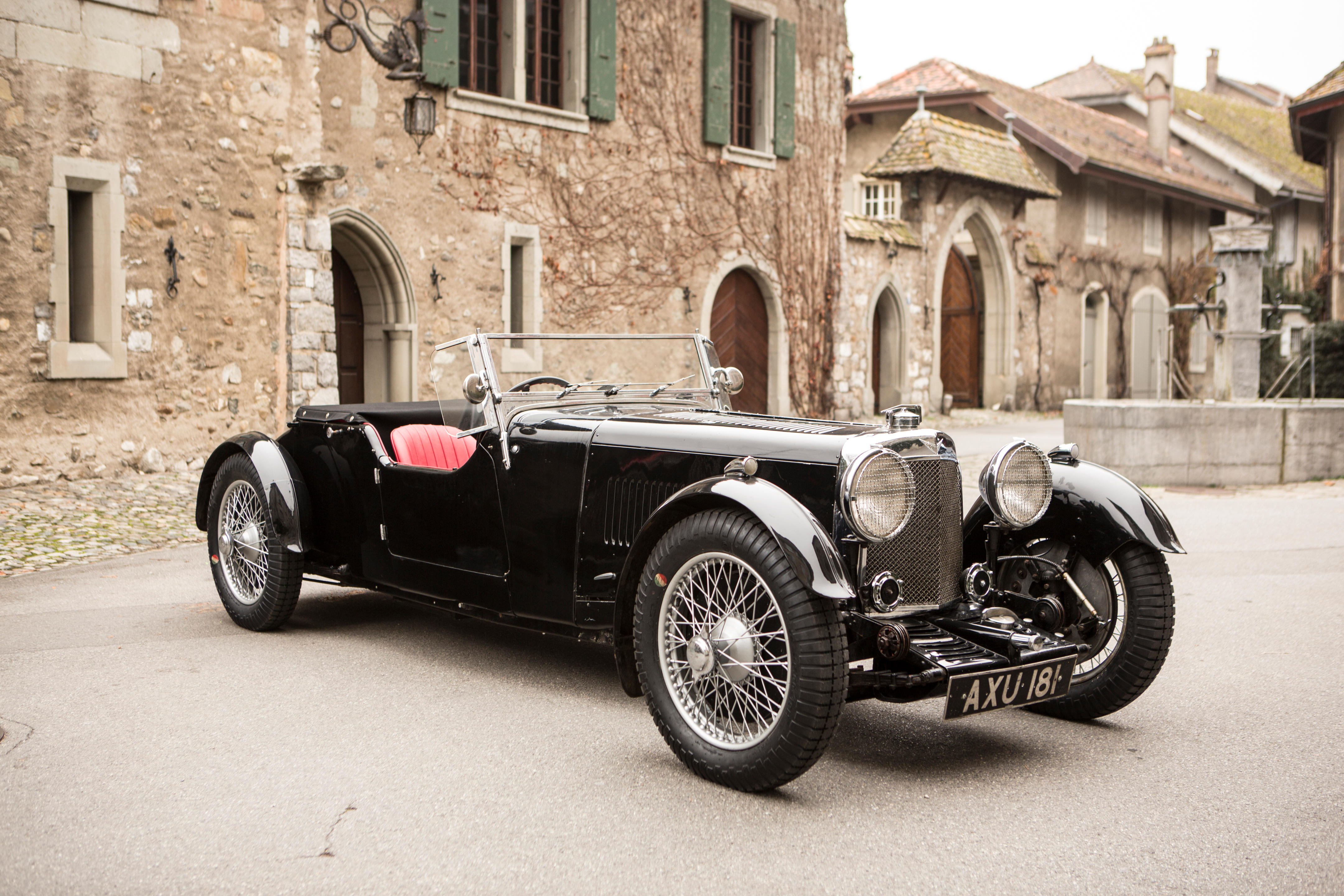
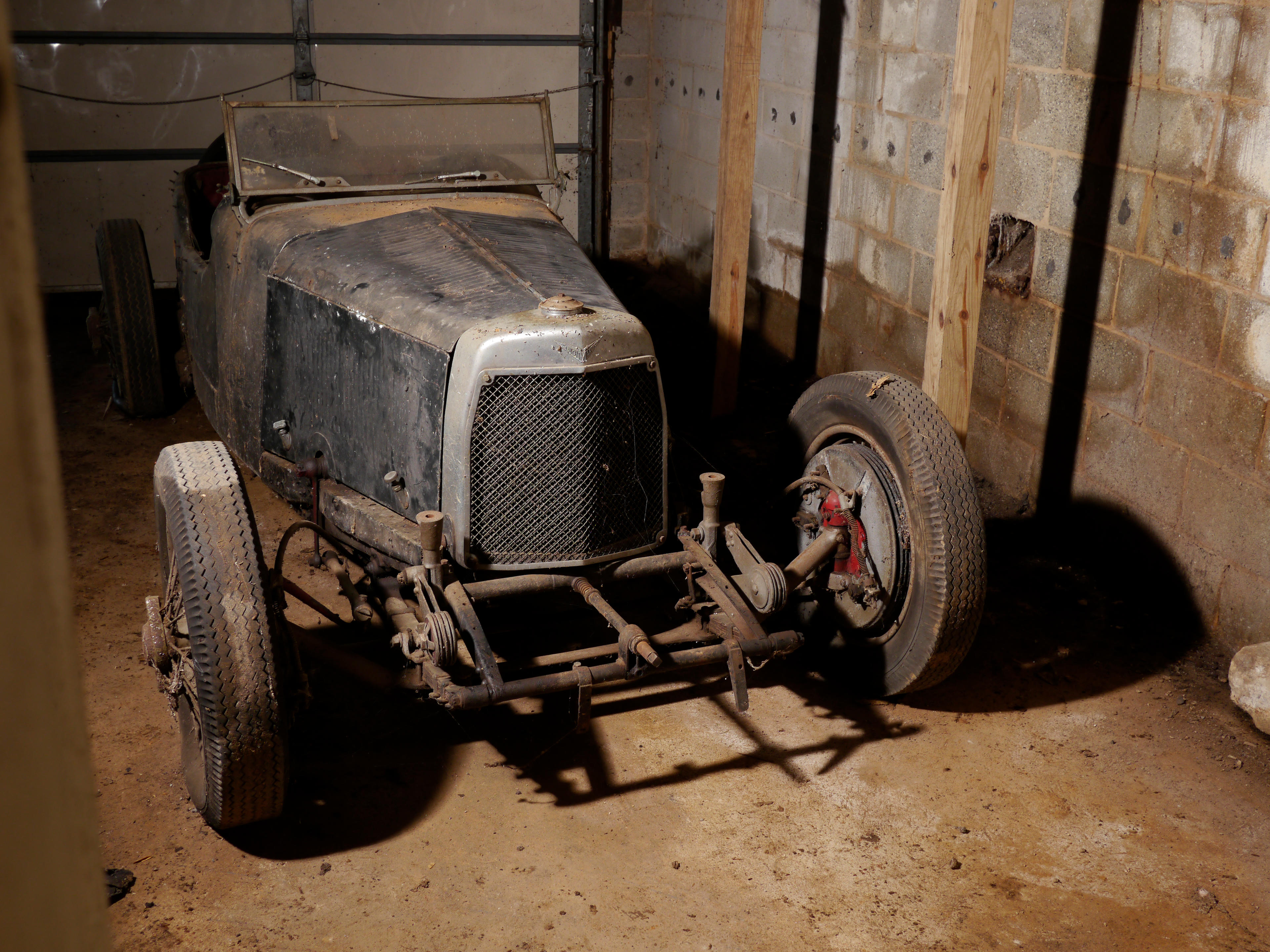

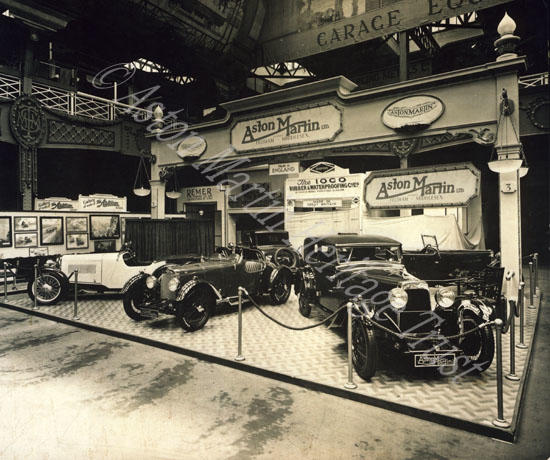
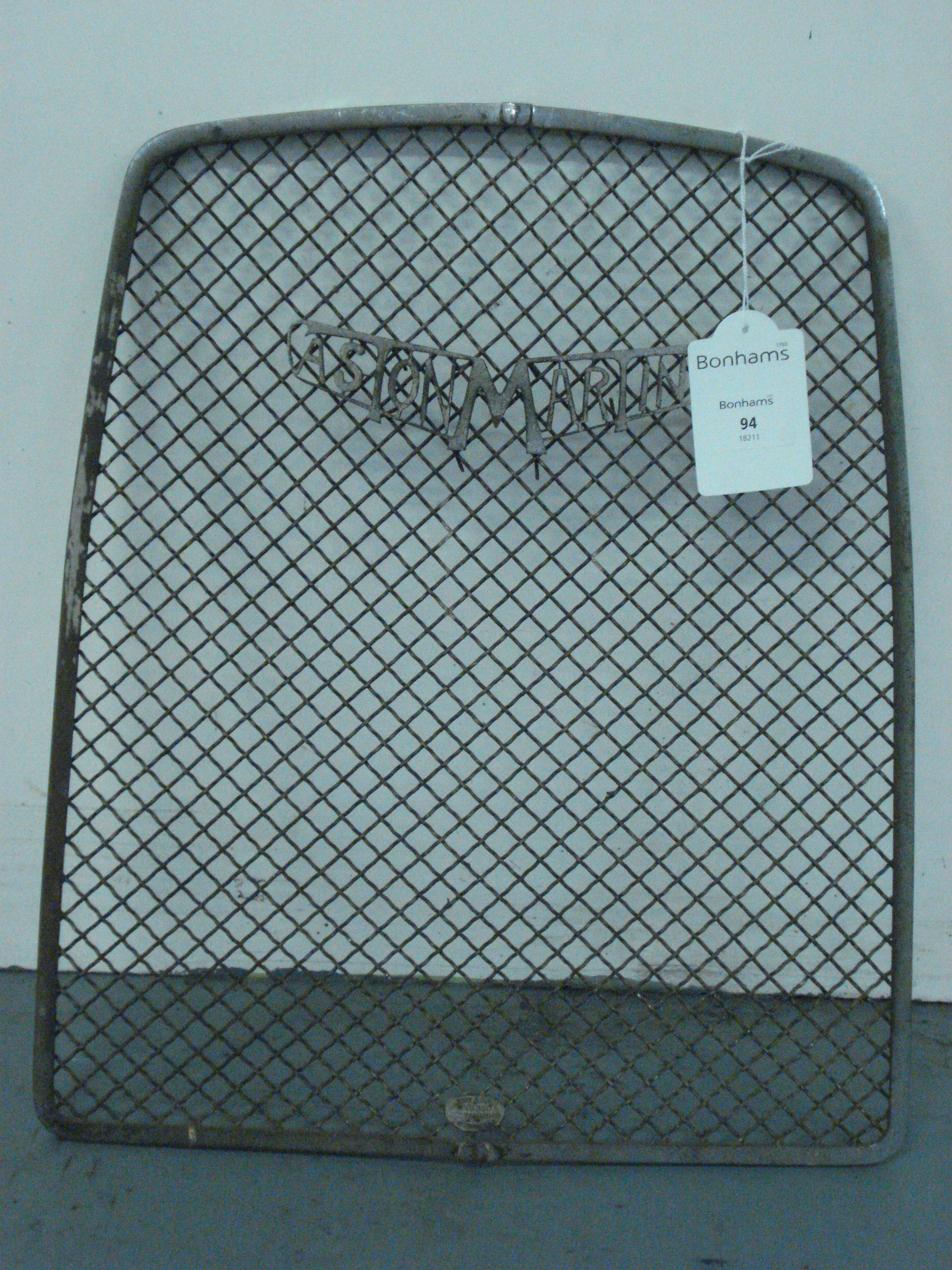
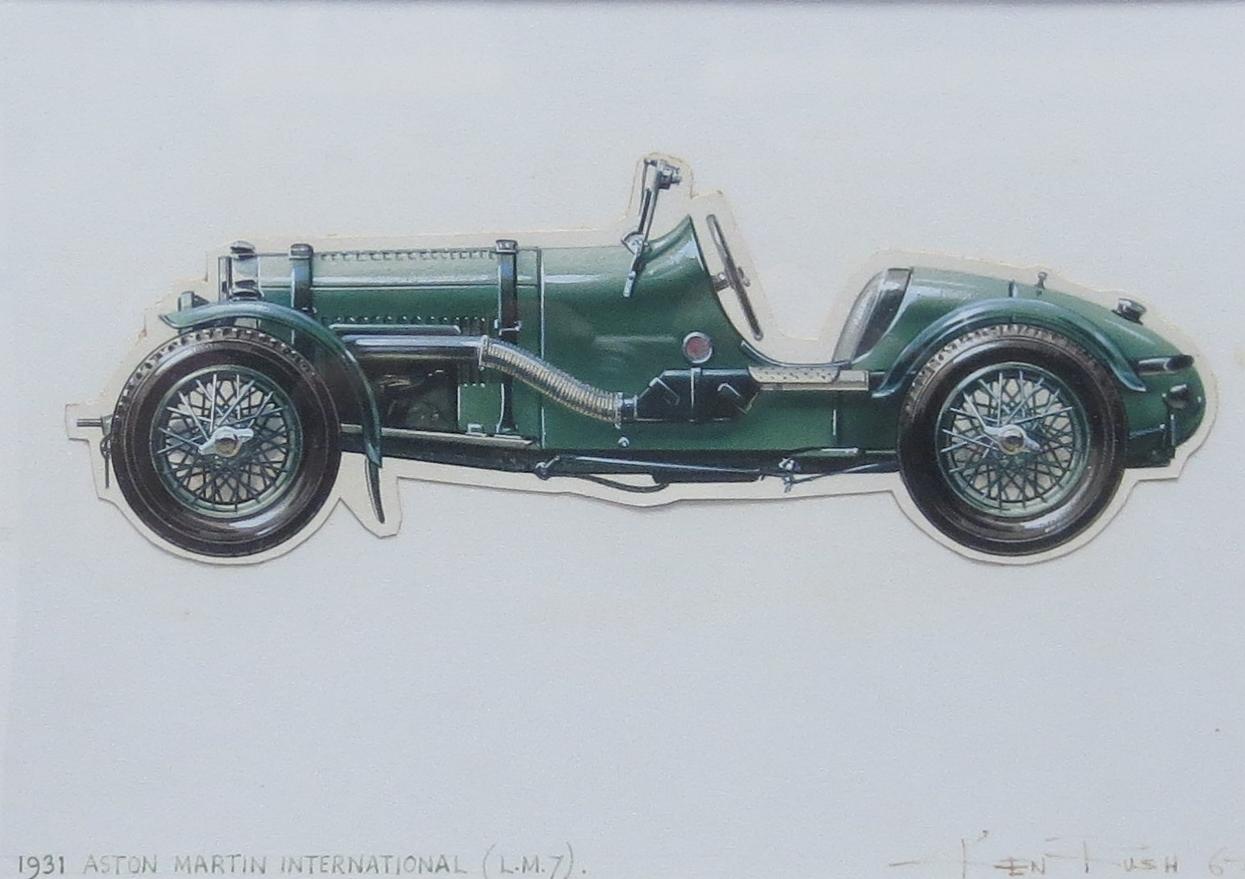
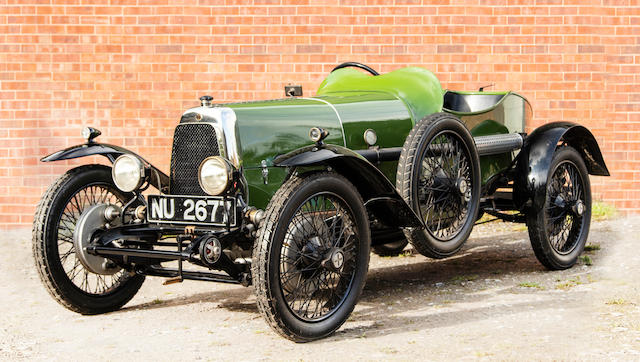
Try LotSearch and its premium features for 7 days - without any costs!
Be notified automatically about new items in upcoming auctions.
Create an alert